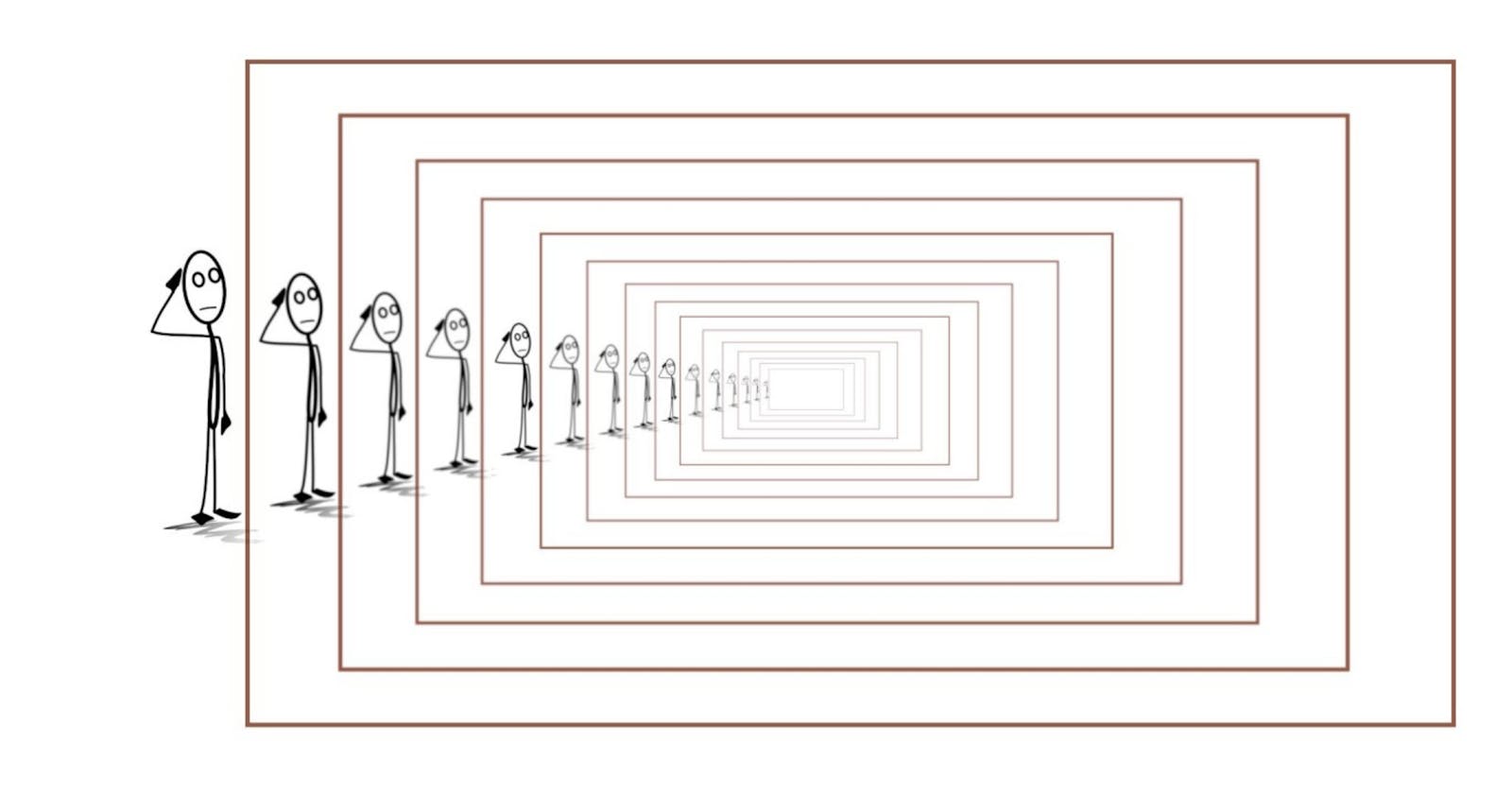Stack overflow is a common problem that occurs in recursion, where a function calls itself repeatedly without ever reaching a stopping point. This can cause the program to run out of memory and crash, as the function calls keep being added to the call stack. In this article, we will explore various techniques to prevent stack overflow in recursion.
The first technique to prevent stack overflow is to use a tail-recursive function. In a tail-recursive function, the recursive call is the last thing that happens before the function returns. This means that the current function call can be removed from the call stack before the next recursive call is made. This allows the program to avoid building up a large call stack and reduces the risk of stack overflow.
An example of a tail-recursive function is the implementation of the factorial function:
def factorial_tail(n, accumulator=1):
if n == 0:
return accumulator
else:
return factorial_tail(n-1, accumulator*n)
Another technique to prevent stack overflow is to use an iterative solution instead of a recursive solution. This eliminates the need for recursion and the possibility of a stack overflow. An example of this is the implementation of the Fibonacci sequence:
def fibonacci_iter(n):
a, b = 0, 1
for i in range(n):
a, b = b, a + b
return a
A third technique to prevent stack overflow is to use memoization. Memoization is a technique where the result of each function call is stored so that when the function is called again with the same input, the result can be retrieved from memory instead of being recalculated. This can greatly reduce the number of recursive calls and prevent stack overflow. An example of this is the implementation of the Fibonacci sequence with memoization:
def fibonacci_memo(n, memo={}):
if n == 0:
return 0
elif n == 1:
return 1
elif n in memo:
return memo[n]
else:
memo[n] = fibonacci_memo(n-1) + fibonacci_memo(n-2)
return memo[n]
Another technique to prevent stack overflow is to use dynamic programming. Dynamic programming is a technique where the solution to a problem is broken down into smaller subproblems, and the solutions to these subproblems are stored in a table. This allows the program to avoid recalculating the solutions to the same subproblems multiple times and greatly reduces the number of recursive calls. An example of this is the implementation of the Fibonacci sequence with dynamic programming:
def fibonacci_dp(n):
if n == 0 or n == 1:
return n
else:
dp = [0] * (n+1)
dp[0] = 0
dp[1] = 1
for i in range(2, n+1):
dp[i] = dp[i-1] + dp[i-2]
return dp[n]
It's also important to note that, in some cases, using a combination of these techniques can lead to even better results. For example, using memoization in conjunction with dynamic programming can further reduce the number of function calls and prevent stack overflow.
In addition to these techniques, it's also important to be mindful of the input size when working with recursion. Large input sizes can cause a program to run out of memory and crash, even if the program is implemented correctly. One way to mitigate this risk is to use a technique called "divide and conquer," where the input is split into smaller subproblems that can be solved independently, and then the solutions are combined to form the final solution.
In conclusion, stack overflow is a common problem that occurs in recursion, but it can be prevented by using techniques such as tail recursion, iterative solutions, memoization, dynamic programming, and divide and conquer. It's important to understand the underlying principles of these techniques and how they can be applied to specific problems in order to effectively prevent stack overflow in recursion. Additionally, being mindful of the input size and the complexity of the problem will also help to prevent stack overflow and make your program more efficient.
Some references for learning about stack overflow and recursion include:
"Introduction to the Theory of Computation" by Michael Sipser. This book provides a comprehensive introduction to the theory of computation, including a detailed explanation of recursion and stack overflow.
"Programming Pearls" by Jon Bentley. This book includes a chapter on recursion, with a focus on understanding the underlying principles and best practices for using recursion in programming.
"The Art of Computer Programming" by Donald Knuth. This classic book provides a comprehensive overview of computer programming, including a section on recursion and its relationship to the stack.
"Effective Java" by Joshua Bloch. This book includes a chapter on recursion and its relationship to the stack, with a focus on best practices for using recursion in Java programming.
"Data Structures and Algorithms in Python" by Michael T. Goodrich, Roberto Tamassia, and Michael H. Goldwasser. This book provides a comprehensive introduction to data structures and algorithms in Python, including a section on recursion and stack overflow.
"Introduction to Algorithms" by Thomas H. Cormen, Charles E. Leiserson, Ronald L. Rivest and Clifford Stein. This book provides a comprehensive introduction to algorithms, including a section on recursion and stack overflow, and it's widely used as a reference in computer science education.
Some video references that might be helpful:
"Recursion and Stack Overflow" by Tim Buchalka's Learn Programming Academy: youtube.com/watch?v=2OgDYKd4BZs
"Recursion: Stack Overflow and Base Cases" by CS Dojo: youtube.com/watch?
